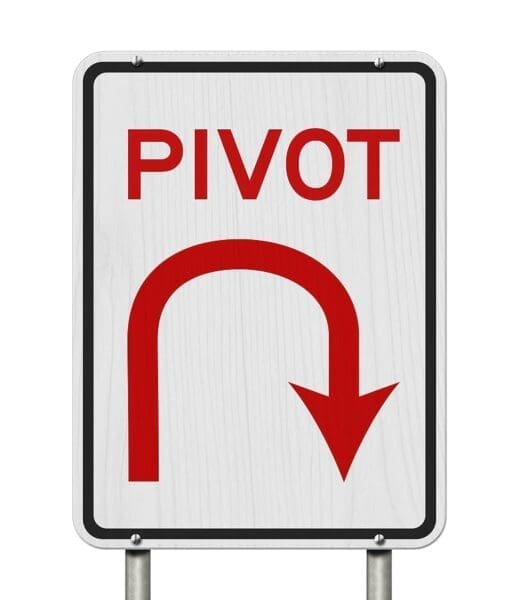 What makes for successful crisis management? Whether you are responding to a potential pandemic, a natural catastrophe or a terrorist threat, the opportunity for success is driven by preparedness. By this we mean proactive planning, mock drills, learning from history, constant review, updating and never letting your guard down – you can’t make it up as you go.
What makes for successful crisis management? Whether you are responding to a potential pandemic, a natural catastrophe or a terrorist threat, the opportunity for success is driven by preparedness. By this we mean proactive planning, mock drills, learning from history, constant review, updating and never letting your guard down – you can’t make it up as you go.
We learned this the hard way in the Caribbean when a major hurricane (Category 5) hit several of our high profile locations and resorts. We realized where we had opportunities to improve and vowed to never be in that position again. We immediately began work on updating our Hurricane Preparedness Plan. It was critical that the Region took a leadership role to coordinate the process and implementation across a diverse group of Caribbean resorts.
The key components of a Crisis Plan are:
- Priorities
- Policy
- Procedures
- Details
Priorities
Priorities should always be the starting point as the balance of the plan is driven off accomplishing your priorities. In our case and in priority order:
- People – Employees and Guests
- Assets
- Recovery
Just like in a pandemic, the health and safety of people must come first and the economic factors second. You can prepare or replace a lodging asset and every good plan contemplates the recovery phase in a proactive manner. This discussion will focus on protecting people and we will leave protecting assets and recovery for another discussion.
Policy Guidelines
Policy is driven by priorities. Like a pandemic, a hurricane will impact multiple locations to varying degrees and it is imperative that policy is consistent across the Region and not ad hoc island by island. This isn’t a comprehensive list, but just a few things we considered as examples:
- At what level is sheltering in place acceptable – Category 1 and 2?
- At what level do you invoke mandatory evacuation – Category 3? Remember we are talking about Caribbean islands and many without much high ground.
- Are some locations more vulnerable than others – no high ground and not that wide?
- Media – same rules apply. No broadcasting from the pool deck when everyone else is sheltered in the Grand Ballroom.
- Evacuation – what are the air, sea and land options?
- Science – your decisions should be based on advice from professional meteorologists.
- Communication:
- Single points of contact with decision making authority.
- Alternatives to traditional phone and computer communication in case of a power outage – Satellite Phones.
Procedures
Procedures are designed to support policy guidelines – again just a few examples:
- Vendors – establish relationships, gain advance commitments and negotiate credit terms in advance.
- Evacuation – we negotiated a standing contract with a Charter Operator to provide emergency airlift on demand for an annual fee. We paid whether we used the service or not.
- Shelter options – all were prearranged
- Cancellation Policies – defined in advance, customer friendly and applied universally across all resorts
- Family Assistance/Crisis Counseling – resources identified and relationships established.
- Hotel Owner Communications – protocols defined in advance and communicated to all parties.
- Science – contracted with a weather service that specialized in extreme weather advisory and they became our single source of weather information. We had direct access at senior levels.
To be sure, there will be some policy and procedure nuances from island to island – Jamaica, Grand Cayman and Aruba don’t have the same challenges. For the most part, however it is important to have a coordinated approach and everyone on the same page.
Details/Resource Center
Here are some examples of the level of detail included in our Hurricane Preparedness Plan:
- Crisis Committees were formed at the Corporate, Region and Property level. The plan included:
- Leadership team by name.
- Roles and responsibilities of each
- Contact details – email, phone and satellite phone
- List of resources and contact details – legal, public relations, airlift, shelter, emergency services, etc….
- Property specific details
- Hotel Owner contact details
- Gap Analysis – opportunity analysis by hotel property
All of the above was compiled and available in hard copy or electronically to members of the Crisis Committees at the Corporate, Region and Property Level. More importantly, Crisis plans were periodically reviewed and updated, mock drills were carried out at the region and property level, vendor contracts were renewed on an annual basis. In other words the Hurricane Preparedness Plan was a living document – it wasn’t a one and done collecting dust on a shelf.
The components and principals of a Crisis Plan as outlined above are very similar regardless of the source of the crisis. You need only to change a few words and applications for your plan to become a Pandemic or Earthquake Preparedness Plan. As a reminder, leadership, common priorities, advance planning, a coordinated approach depending on the science or professional advice, ongoing reviews and training are the keys to successful Crisis Management.


















